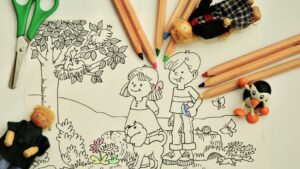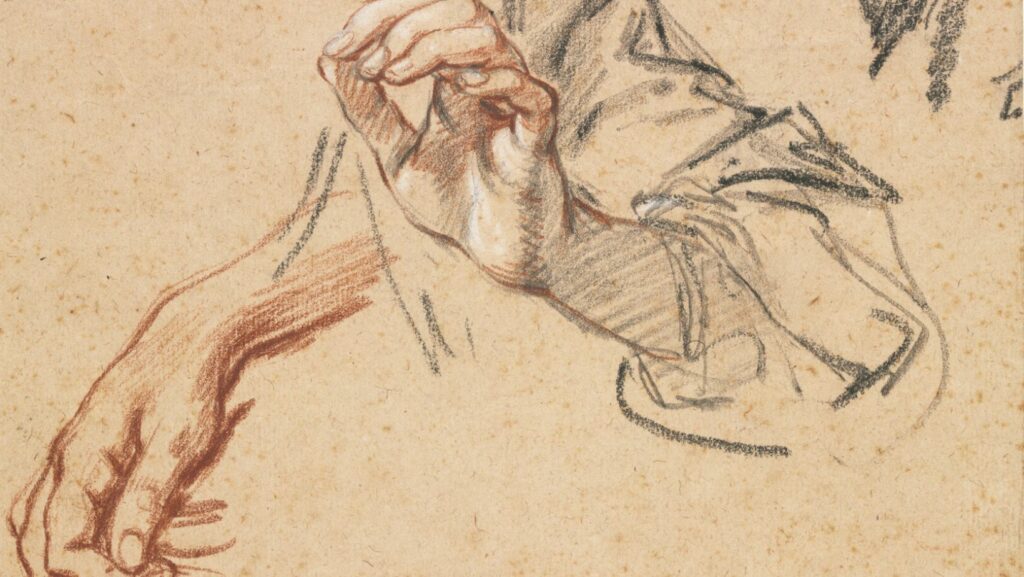Arte:95kxuexyvay= Dibujos
In a world where visual storytelling reigns supreme, arte dibujos, or the art of drawing, captivates audiences with its expressive power and  versatility. From the intricate details of a pencil sketch to the vibrant hues of digital illustrations, drawings serve as a universal language that transcends cultural and linguistic barriers. They allow artists to communicate emotions, ideas, and narratives in ways words often cannot.
versatility. From the intricate details of a pencil sketch to the vibrant hues of digital illustrations, drawings serve as a universal language that transcends cultural and linguistic barriers. They allow artists to communicate emotions, ideas, and narratives in ways words often cannot.
As technology evolves, so does the realm of drawing. Artists today blend traditional techniques with digital tools, creating works that push the boundaries of imagination. Whether it’s a simple doodle or a complex masterpiece, each drawing tells a unique story, inviting viewers to explore and interpret its meaning. This art form not only enriches the visual landscape but also empowers creators to share their vision with the world, highlighting the ever-growing significance of arte dibujos in contemporary culture.
Understanding Arte Dibujos
Arte dibujos, or the art of drawing, encompasses various techniques and materials. Its elements include line, shape, form, and texture, which work together to create an image. These components allow artists to express ideas, moods, and visions.
Line quality influences the overall impact of a drawing. Thick or thin lines can convey different energies and emotions. Loose and flowing lines often suggest movement, while precise and controlled lines convey structure.
The choice of medium, such as pencils, charcoal, or digital tools, affects the texture and depth of a drawing. Pencils offer distinct gradations and subtle textures, ideal for detailed sketches. Charcoal creates rich, deep effects, adding drama to the drawing. Digital tools provide versatility in creating works with precision and a wide color range.
Perspective introduces depth and dimension to arte dibujos. Artists use techniques like foreshortening, vanishing points, and horizon lines to represent three-dimensional spaces on a flat surface. These methods guide viewers through visual narratives, enhancing storytelling through art.
Understanding these fundamentals empowers artists in mastering arte dibujos. It enables them to craft pieces that captivate and engage audiences, enriching the cultural tapestry.
The History of Drawings
Drawing, one of the oldest forms of artistic expression, dates back to prehistoric times. It showcases humanity’s enduring desire to communicate and record experiences visually.
Ancient Techniques
Early humans utilized simple tools like charcoal and ochre to create cave paintings and petroglyphs, depicting scenes of hunting and daily life. These ancient drawings, such as those found in Lascaux, France, used line and form to convey motion and importance. Egyptians later employed drawings as part of their hieroglyphic writing system, integrating art with language. Papyrus and walls served as surfaces for these intricate designs, demonstrating detailed craftsmanship with materials like reed pens and mineral pigments.
Renaissance Influence
The Renaissance marked a transformative period for drawings in art history. Artists like Leonardo da Vinci and Michelangelo elevated drawing techniques, focusing on anatomy, perspective, and proportion. This era’s innovations included the use of chiaroscuro, a contrast of light and shadow to create depth. Artists also developed perspective techniques, allowing more realistic spatial representation in their works. As a result, drawing became essential in planning complex compositions, influencing various art forms, including painting and sculpture.
Styles and Techniques in Arte Dibujos
In arte dibujos, or the art of drawing, styles and techniques provide distinct ways for artists to express creativity. These variations range from capturing reality to exploring emotions and abstract concepts.
 Realism in drawing strives to depict subjects as accurately as possible. Artists use meticulous techniques, focusing on detailed anatomy and lifelike textures. They often employ shading, highlights, and proportions to achieve a sense of depth and believability.
Realism in drawing strives to depict subjects as accurately as possible. Artists use meticulous techniques, focusing on detailed anatomy and lifelike textures. They often employ shading, highlights, and proportions to achieve a sense of depth and believability.
Surrealism takes a different approach, blending dream-like elements with reality. Artists embrace unexpected juxtapositions, creating intriguing imagery. Techniques like automatism allow spontaneous expression, while meticulous detailing often enhances the surreal narrative.
Abstract drawings break free from realistic representation. Artists use shapes, colors, and lines to convey emotions or concepts without direct depiction. This style encourages personal interpretation, often prioritizing form and composition over realism.
Expressionism emphasizes emotional response over accuracy. Bold lines, exaggerated forms, and intense colors dominate this style. It allows artists to communicate feelings dynamically, often reflecting inner turmoil or social critique through their drawings.

